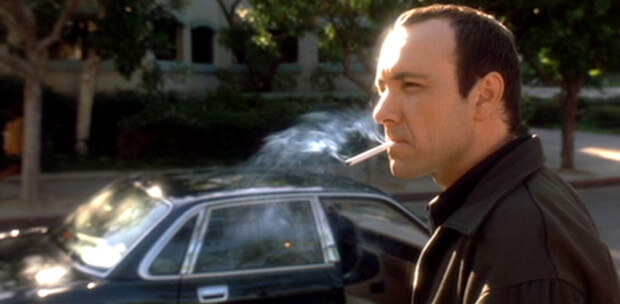Do Not Read That Now, You Will Read It In 5th Grade

If an elementary school student is a voracious reader, he will often set his eyes on books which are part of school curriculum from forthcoming years. His teachers or parents will say to a 3rd or 4th grader, “Oh, don’t read that book yet. You’ll read it in 5th grade.” This is often unfortunate advice.
I grant that some books are thrill rides and mysteries best experienced for the first time with others. The same is true of films. If a room full of people is watching The Game or Memento and no one present has seen the movie except one fellow, that fellow can ruin it for everyone else with pointed sighs and repeated claims of, “This all makes so much more sense the second time through.” No one likes that guy.
That said, everything does make more sense the second time through. This is all the more true of good books. Barring one-off stories with unusual endings, I see no reason to tell 3rd graders not to read 5th grade curriculum simply because “you will read that in two years”, and here’s why:
1. There is little which keeps a teacher on his toes quite like having a few students in the mix who have already read the book. If 4 students in a class of 15 have read the book, the teacher must ask better questions than, “What do you think is going to happen?” which usually (but not always) turns into a banal conversation of aimless speculation. Once a few students know the plot, questions of theme and interpretation must be investigated instead. Second-time readers call teachers to a higher standard.
2. Insisting on class-reads being first-reads plays into the pathetic modern fear of spoilers, which reduces a story to its most basic plot elements. Sure, telling a bunch of kids just getting to the 4th book in the Harry Potter series that Snape kills Dumbledore would be cruel, and if you ruin Keyser Soze’s identity for someone just sitting down to The Usual Suspects, you will be judged harshly by the Almighty. That said, if a story can be “spoiled” through a little knowledge of the third act or final five chapters, the book is probably not that good. Annie Dillard even advised starting a novel in the middle, finishing it, then reading the first half only if the second half was any good. Consider how many classics would hold up to such a reading strategy and how few new books would.
3. The best stories can and should be read many times. They change between readings, in our absence. Most books which are not worth reading twice are not worth reading once, and most books worth reading twice are worth reading five times. Insisting 3rd graders not read 5th grade curriculum teaches the opposite lesson, though— that even while children read books over and over again, enjoying them more on subsequent readings, school books are only worth reading once.
4. Students need to be taught how to read a book a second time. Reading a book is an art, and reading a book a second time is an art. The second read is where deep reading becomes a possibility. I have never encountered a school with a second-read curriculum, which means we are still a little trapped in progressive views of education.

Joshua Gibbs
Joshua Gibbs teaches online classes at GibbsClassical.com. He is the author of How To Be Unlucky, Something They Will Not Forget, and Blasphemers. His wife is generous and his children are funny.










